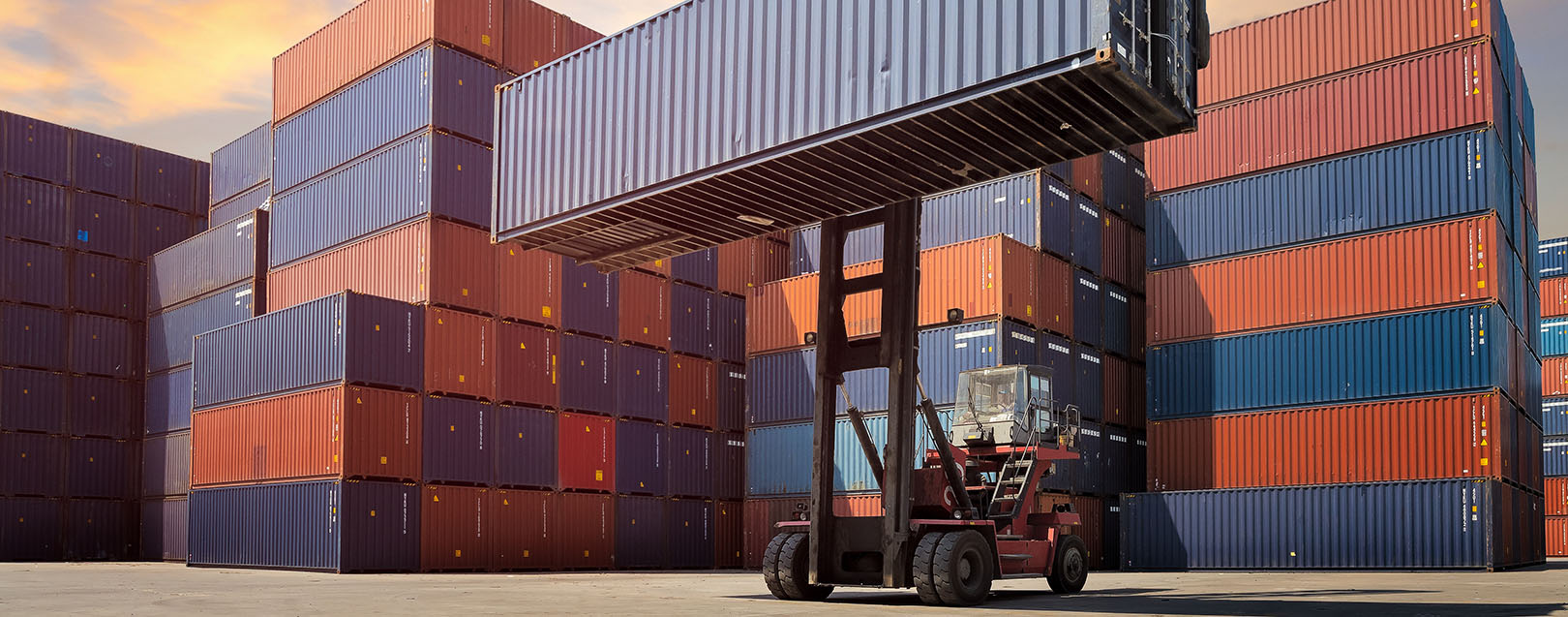
Budget 2017: Exporters seek incentives to stimulate growth
Deepak Kumar
Exporters have put forward their 2017 Union Budget recommendations, awaiting key announcements that could revive the country’s exports and boost economic sentiment across various exporting industries.
Indian exports have witnessed a marginal revival in the last few months, after a prolonged period of decline month after month. The continuous fall in India’s outbound shipments have raised many questions on the export potentials of the domestic industry as well as the government’s ineffective policies.
On November 8, Prime Minister Narendra Modi announced the demonetisation scheme, banning 500 and 1000 rupee notes from circulation. The domestic industry, as well as exports, felt its negative impact, which, according to the industry analysts, should be one of the key points to be addressed in the Budget on February 1.
While the government has reiterated that it will make multifarious efforts to bolster India’s exports, the industry, as well as the exporters, seem to be pessimistic on the government’s periodic promises. According to Tilak Raj Manaktala, President of Delhi Exporters Association, the government has been ineffective in extending financial support to the exporters.
“We often hold meetings with the Textile Ministry and Commerce Ministry to address our concerns. They then take our requests/proposals/complaints to the Commerce Ministry, and suddenly the pace of implementation slows down, considerably. And then there is implementation deadlock. We need financial support to stimulate the export industry,” Manaktala told the Dollar Business.
He also urged the government to extend the Interest Subvention Scheme/Interest Equalisation Scheme benefits to all in the export sector. Currently, the government gives 3% benefit to MSMEs and certain labour-intensive industries. However, merchant exporting units have not been given the same.
Manaktala said merchant exports, that account for over 40% of the country’s total exports, should also be included in the scheme. This will encourage them to enhance their competitiveness in the global market.
Earlier this month, The Federation of Indian Export Organizations (FIEO) suggested that, under the Credit Linked Capital Subsidy Scheme (CLCSS), small-scale sectors would be entitled to Rs.1 crore to modernise and expand their production. This limit should be enhanced to Rs.5 crore.
“Government should create an Export Development Fund for aggressive marketing particularly for MSMEs by providing a corpus of about 0.5% of previous year exports as the present support through marketing scheme is inadequate,” FIEO said in its announcement.
Referring to the currency withdrawal limit post-demonetisation, the apex body said, “The withdrawal limit may be increased to 1% per month of previous year turnover from Rs.50,000 per week. The said limit can easily be operated by the banks as they have access to the balance sheet and turnover details of each firm/company.”
The 2017 budget is also likely to set the tone for the upcoming Goods and Services Tax, scheduled to be rolled out by September 16, 2017. "In view of the recent developments on the GST front, the Budget should align indirect tax rates (other than custom duties) towards the standard rate of 12% and 18%. Service tax and Excise duties may move in this direction for smooth transition to the GST," FIEO said.






 to success.
to success.